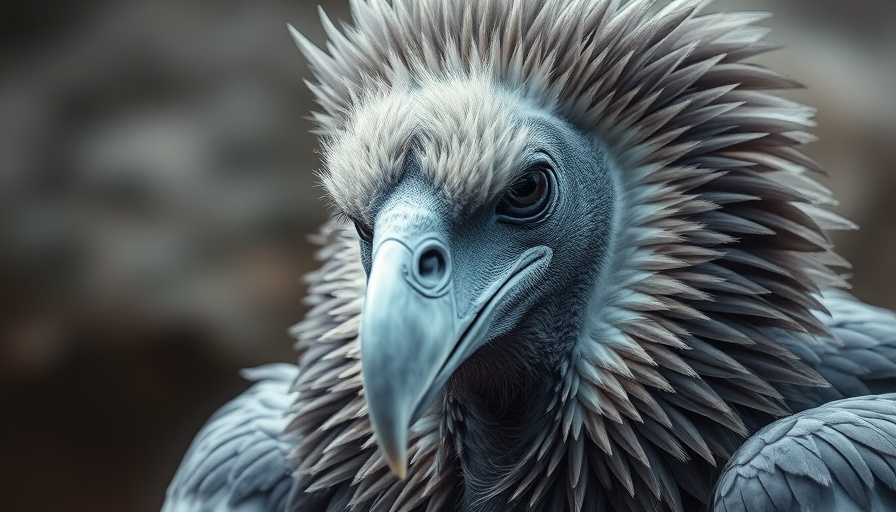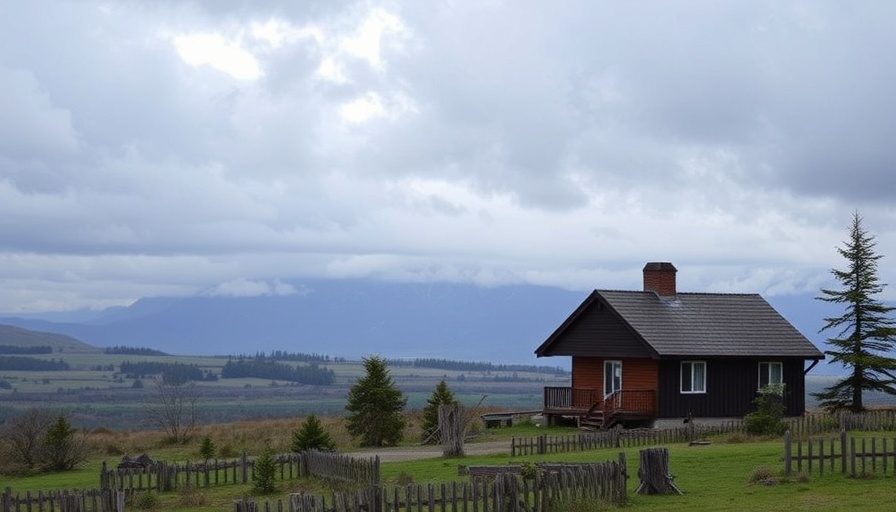
Understanding eBird's Impact on Avian Research
eBird, an innovative online platform, revolutionizes the way scientists track bird populations globally. With over one billion observations submitted by a vibrant community of 700,000 citizen scientists, it stands as a testament to collective biodiversity efforts. By participating in eBird, birders not only enjoy their passion for nature but actively contribute to the scientific community, enhancing the understanding of avian migration, behavior, and habitat needs.
How You Can Enhance Birding Insights
Participating in eBird offers more than just personal gratification; it provides crucial data that can influence conservation practices. Birders can investigate local parks deemed birding hotspots and assess their activity levels. Are checklists being submitted regularly? If certain sites are underrepresented, your observations can help fill in significant data gaps, allowing researchers to understand regional bird populations better.
The Importance of Timely Data Submission
One of the unique aspects of eBird is its ability to track seasonal changes in bird populations. By submitting checklists during less busy times at local hotspots, individuals help scientists construct accurate temporal representations of avian presence. When locals engage in consistent data sharing throughout various seasons, they significantly enhance eBird's utility as a scientific tool.
Encouraging Community Participation in Bird Conservation
The beauty of eBird lies not only in the data it gathers but also in its ability to foster a sense of community among bird enthusiasts. When birders gather to share experiences and findings, they cultivate a communal effort toward conservation. If you discover potential hotspots that lack adequate scrutiny, advocating for their recognition can also promote conservation interests in your area.
The Future of Birding: A Call to Action
As eBird continues to expand, the need for robust citizen scientist participation grows. The combined efforts of bird watchers can lead to impactful insights into global avian dynamics. Whether you're a seasoned birder or just starting, your observations make a difference. Engage actively, share your findings, and let's support eBird's mission to bridge knowledge gaps in bird populations worldwide.
 Add Row
Add Row  Add
Add 




Write A Comment